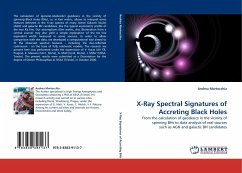Even almost 100 years after their theoretical inception, black holes remain one of the most enigmatic objects in the universe. But how would a black hole appear visually to a telescope with sufficient resolution?
This book discusses the theoretical foundations of volume ray-tracing in general relativity, from a derivation of the rendering equation based on kinetic theory to the practical implementation in a C++ application (source code available on request). A number of images produced by this method are discussed, including thin and toroidal accretion disks around rotating black holes, which exhibit effects like red-shift, beaming and gravitational lensing as a direct consequence of the general theory of relativity by Albert Einstein.
The book is written with readers possessing a graduate-level knowledge of general relativity in mind, although anyone who shares a fascination in black holes may find the applications intriguing.
This book discusses the theoretical foundations of volume ray-tracing in general relativity, from a derivation of the rendering equation based on kinetic theory to the practical implementation in a C++ application (source code available on request). A number of images produced by this method are discussed, including thin and toroidal accretion disks around rotating black holes, which exhibit effects like red-shift, beaming and gravitational lensing as a direct consequence of the general theory of relativity by Albert Einstein.
The book is written with readers possessing a graduate-level knowledge of general relativity in mind, although anyone who shares a fascination in black holes may find the applications intriguing.








